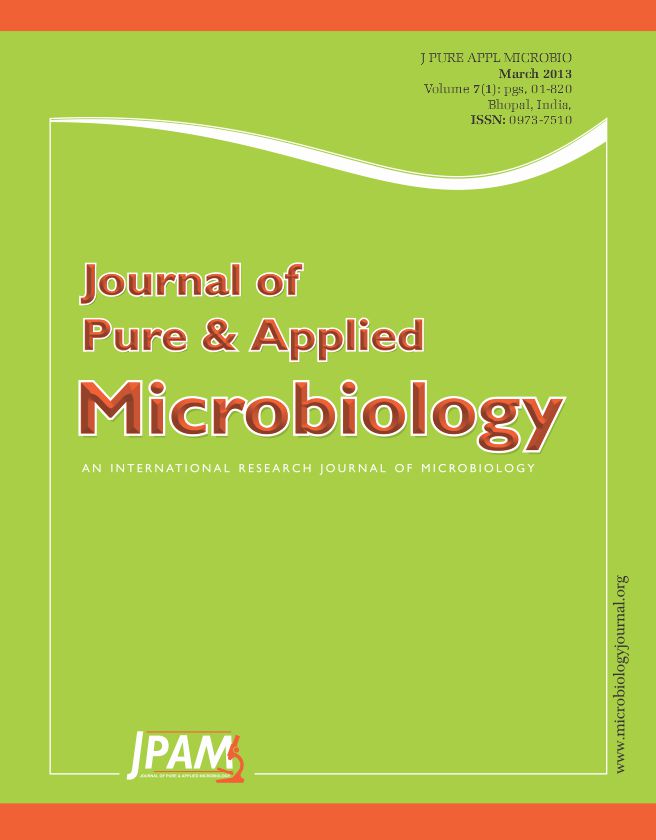Germplasm resources of Hypsizygus marmoreus were collected from different parts of China. Sequence-related amplified polymorphism (SRAP) markers were employed to evaluate the genetic diversity and relationship among the 32 collected strains of H. marmoreus. Fifty-five SRAP primer combinations were used and 533 polymorphic bands were observed. Phylogenetic analysis by Unweighted Pair Group Method with Arithmetic Mean based on similarity matrices indicated three clusters, namely, A, B, and C. The Jaccard’s similarity coefficients of genetic similarity among all accessions ranged from 0.40 to 0.73, and averaged 0.50 among these strains collected in China, revealing a medium level of genetic diversity. The results demonstrated that SRAP can be used to evaluate the genetic diversity of H. marmoreus in China and to distinguish the different storage and cultivar strains. These applications are helpful for the effective evaluation, management, utilization, and conservation of germplasm resources.
Germplasm source, evaluate, Unweighted Pair Group Method with Arithmetic Mean (UPGMA), China
© The Author(s) 2014. Open Access. This article is distributed under the terms of the Creative Commons Attribution 4.0 International License which permits unrestricted use, sharing, distribution, and reproduction in any medium, provided you give appropriate credit to the original author(s) and the source, provide a link to the Creative Commons license, and indicate if changes were made.


